
Our Favorite Photos of 2019
From Malawi to Mozambique, the Bahamas and beyond, here are our favorite shots of HOPE’s work around the world in 2019.


How far do you have to go to see the reach of Project HOPE’s work?
For photographer James Buck, it took 80,000 miles, 21 airports, 15 countries and three continents. In many places, 2019 was a year of incredible challenges — from a massive humanitarian crisis in Colombia to devastating storms in the Bahamas and Mozambique. But it was also a year of great progress, with communities growing stronger in places like Sierra Leone, Indonesia, Malawi and beyond.
In all, our photographers this year captured over 100,000 photos of HOPE’s work around the world.
Here are 10 that stuck with us the most.

A brighter future for kids in Sierra Leone
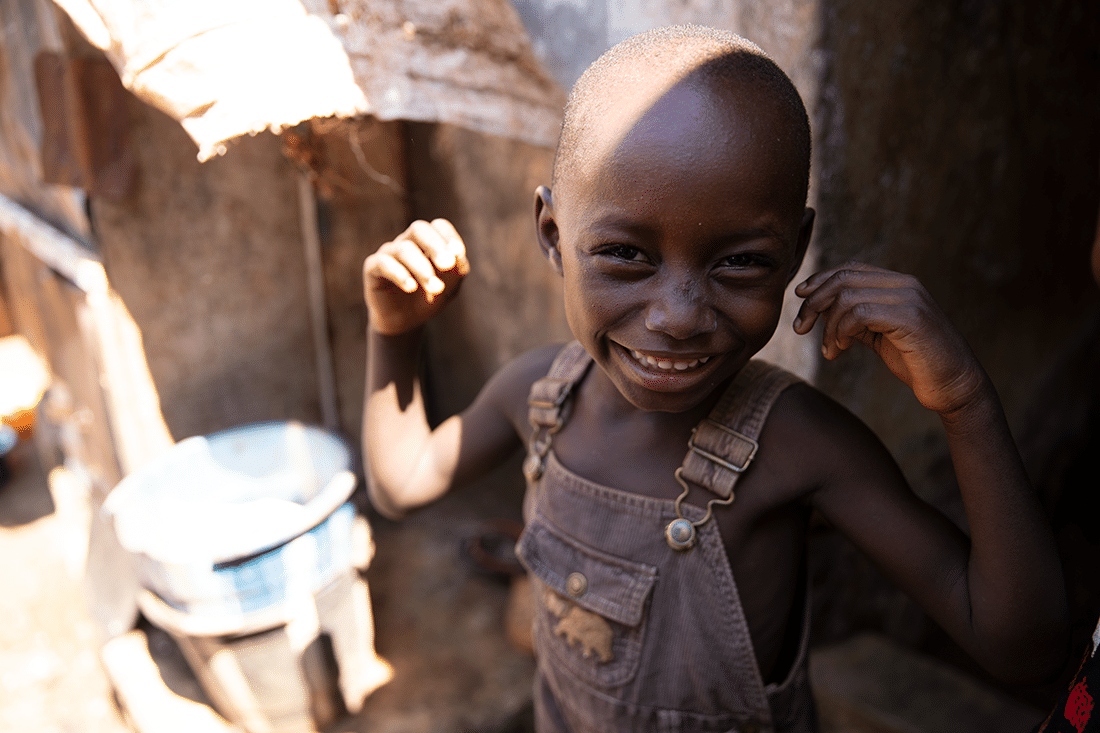
Sierra Leone can be a tough place to grow up healthy, with the highest rate of maternal mortality in the world. Thanks to your support, HOPE is working to build a better future for mothers, infants and children — because everyone deserves a healthy start.
From photographer James Buck:
I met this little guy in a fishing village in Sierra Leone. We had traveled deep into the interior for a week, and on our last day back in Freetown we walked into a small community by the water where we were greeted joyfully and spent a morning documenting life and making friends. We saw people preparing their homemade goods for sale and kids helping out and playing. They were happy to have fun with the camera for few minutes.

A new connection between mothers and babies
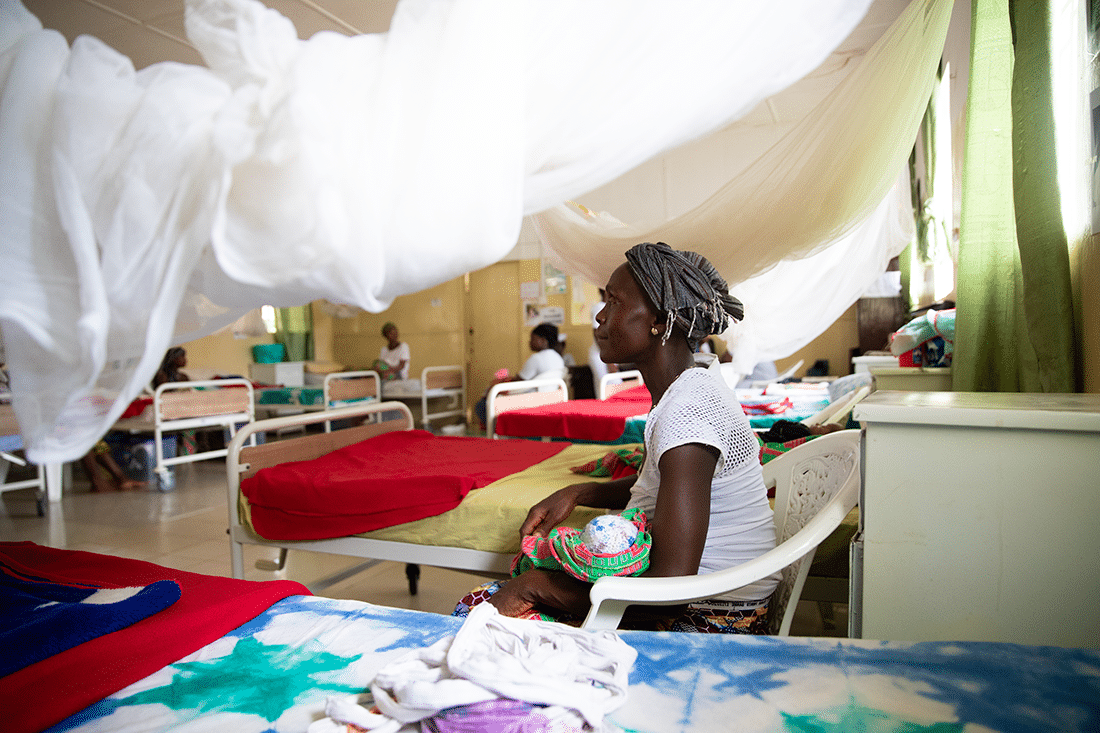
Musu, 40, clutches her new baby girl after giving birth in a hospital in Sierra Leone. This is the first of Musu’s seven babies to be treated with Kangaroo Mother Care, a skin-to-skin warming method that saves lives and improves the health of premature and low birth weight babies.
Thanks to Project HOPE, Musu bonded immediately with her new baby. “I’m so happy to have given birth here,” she says. “I’ve learned a whole lot.”

A long road to recovery in Indonesia
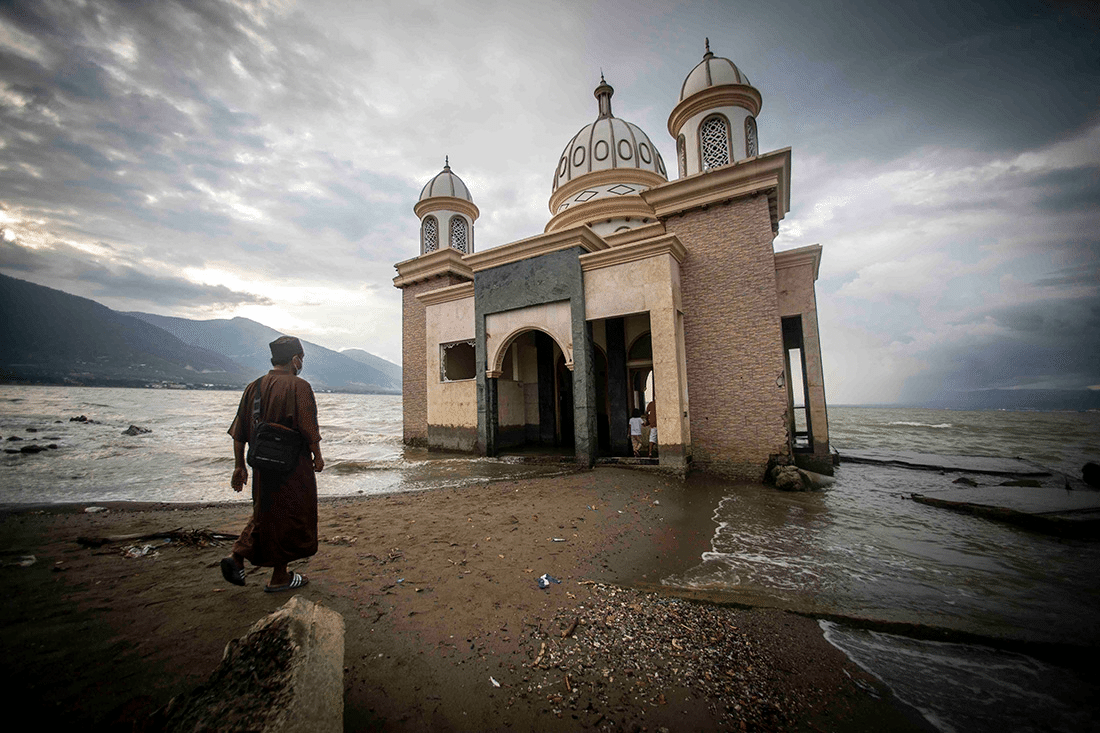
When a 7.5-magnitude earthquake struck in September 2018, life changed in an instant for people on the Indonesian island of Sulawesi. The final toll was devastating: more than 4,300 people killed, 10,000 injured, and hundreds of structures destroyed. Thanks to your support, HOPE was there — assisting local health workers and reaching people across the island with direct medical support in the wake of disaster.
From photographer James Buck:
I had never seen anything like the mosque that slid into the ocean after the earthquake in Indonesia. Incredibly, worshipers still made the pilgrimage out into the waves to experience the beauty of the building that became part of the sea. It was a reminder how fragile and vulnerable human habitation is and how we need to take care of one another when disaster strikes.

For new moms, midwives stand in the gap
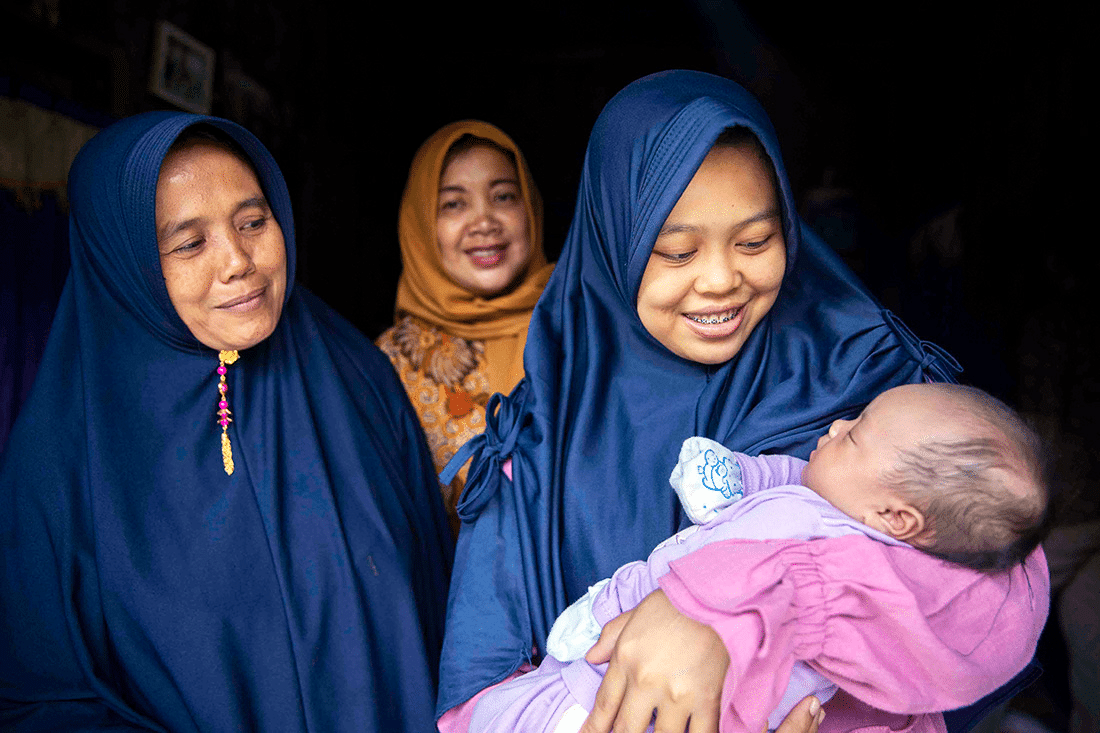
One month after giving birth, 24-year-old Eka and her daughter, Putri, get a visit from Susi (middle), a volunteer midwife supported by Project HOPE. Midwives like Susi are a crucial lifeline for new moms like Eka — they visit them throughout their pregnancy, encourage them to go to the health center for delivery, and then make home visits to ensure mothers are breastfeeding and taking their children for vaccinations and checkups.
From photographer James Buck:
We trekked through the jungle on foot to meet this young woman, who had learned how to care for her infant from a trusted local caregiver. It was amazing — one of the incredible things I saw over and over this year was the power of community. People loved having their friends and neighbors visit them at home to provide medical care and support.

Finding care across the border in Colombia
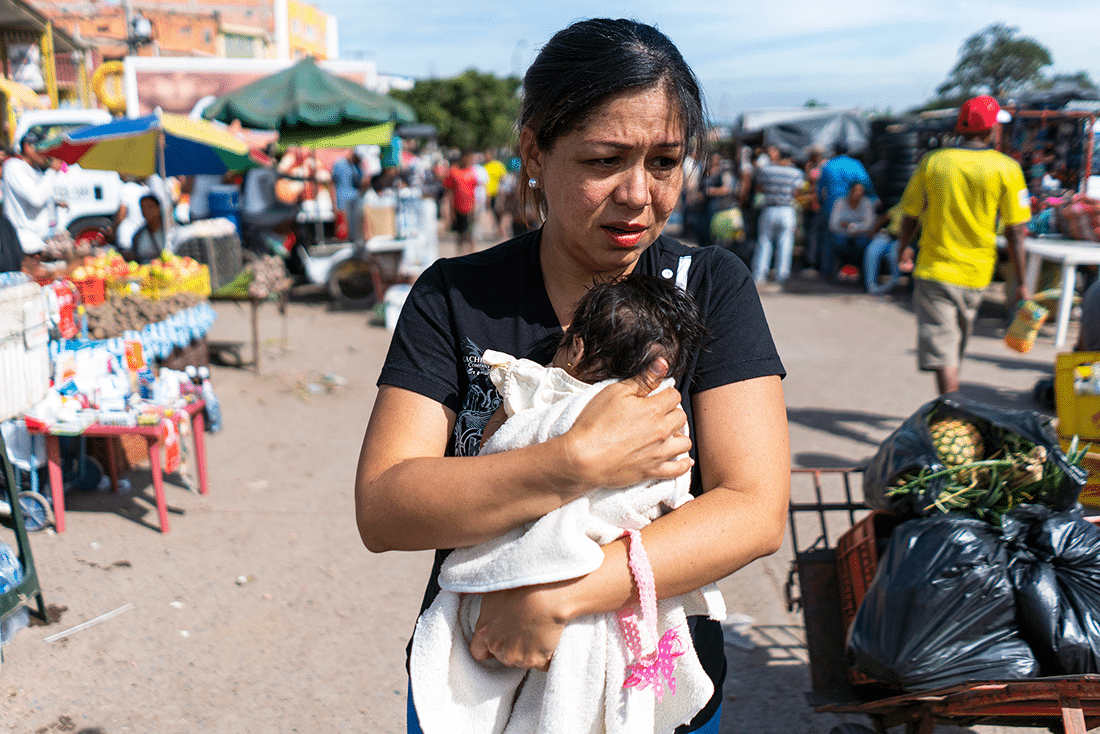
Naylet carries her baby, Ema, close to her chest as she navigates the crossing between Venezuela and Colombia. Naylet is one of millions of Venezuelans who have traveled to Colombia looking for a better life — a hard choice that weighed on her new baby, who has Down syndrome and a congenital heart defect.
When Naylet found Project HOPE, she had been to 23 different clinics looking for help, and her daughter was malnourished and on the brink of death. HOPE changed Ema’s medicine, improved her diet, and saved her life. “I felt calmer,” Naylet says. “I had all the confidence in the world. Someone was listening to me and cared about my daughter.”

A new reason to hope in Malawi
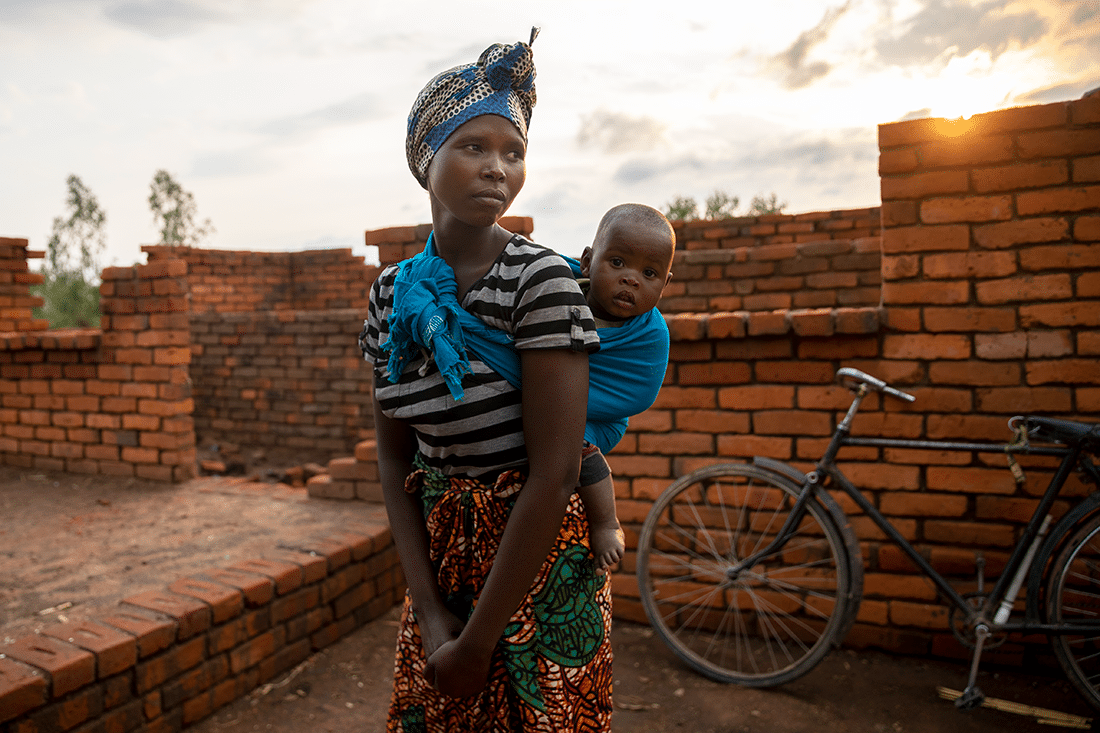
In Malawi, Project HOPE is helping people with HIV access the care and support they need — a group effort that reaches into every part of the community. Whether offering mother care groups, village saving groups, business training, parenting skills, or safe spaces for young people, HOPE is helping families build a better future from the ground up.
From photographer James Buck:
We drove for hours around some of the most remote locations on Earth to talk to communities in beautiful Malawi. This single mother of five had a single ambition: to be able to afford to put a roof on her home. I photographed her at dusk in the walls that she hopes one day to top with a roof. The whole community turned out to help us.

The storm of a lifetime in the Bahamas
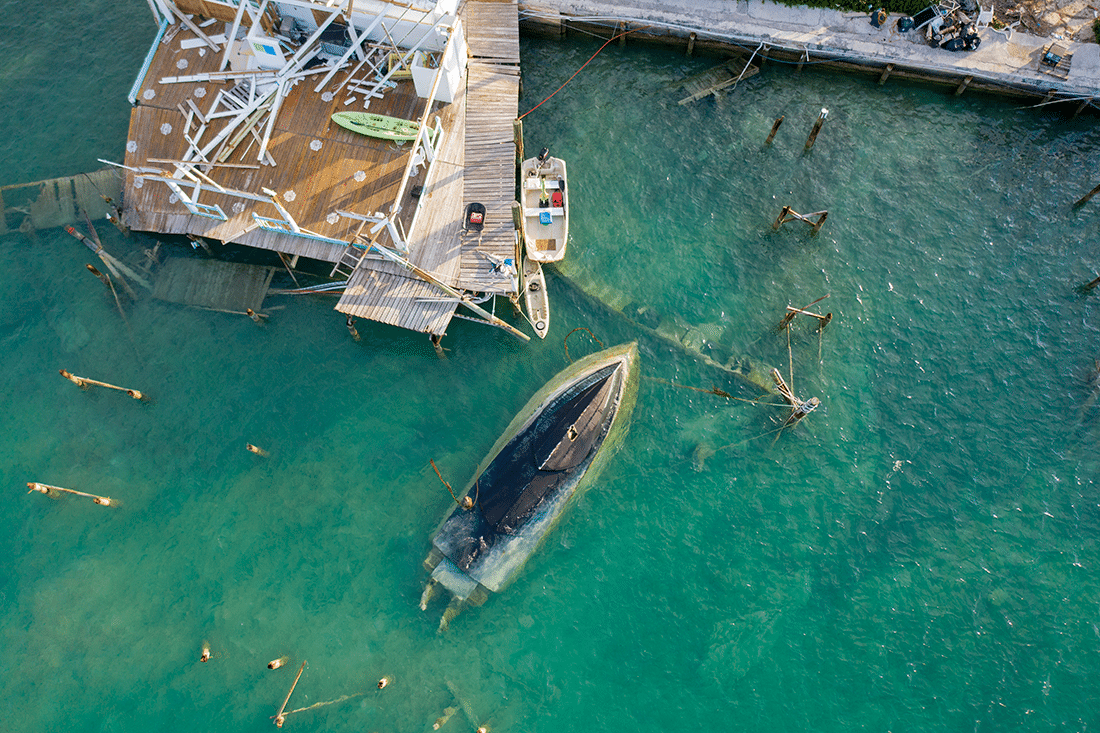
On September 1, Hurricane Dorian slammed into the Bahamas as a massive Category 5 storm, causing catastrophic damage on Abaco and Grand Bahama Island. Project HOPE was one of the first organizations on the ground, providing urgent relief for survivors and evacuees as they recover and begin to rebuild.
From photographer James Buck:
It’s hard to describe what it feels like to see civilization scrubbed out, knocked down and tossed around like scraps. This harbor on a small cay off Abaco was full of sunken boats and smashed docks. While I was there, Project HOPE offered emergency response training with our partner EPECARE to help people feel more prepared for what’s next. For people living in the rubble, that confidence seemed to help as they work to rebuild.

Relief for families who have lost everything
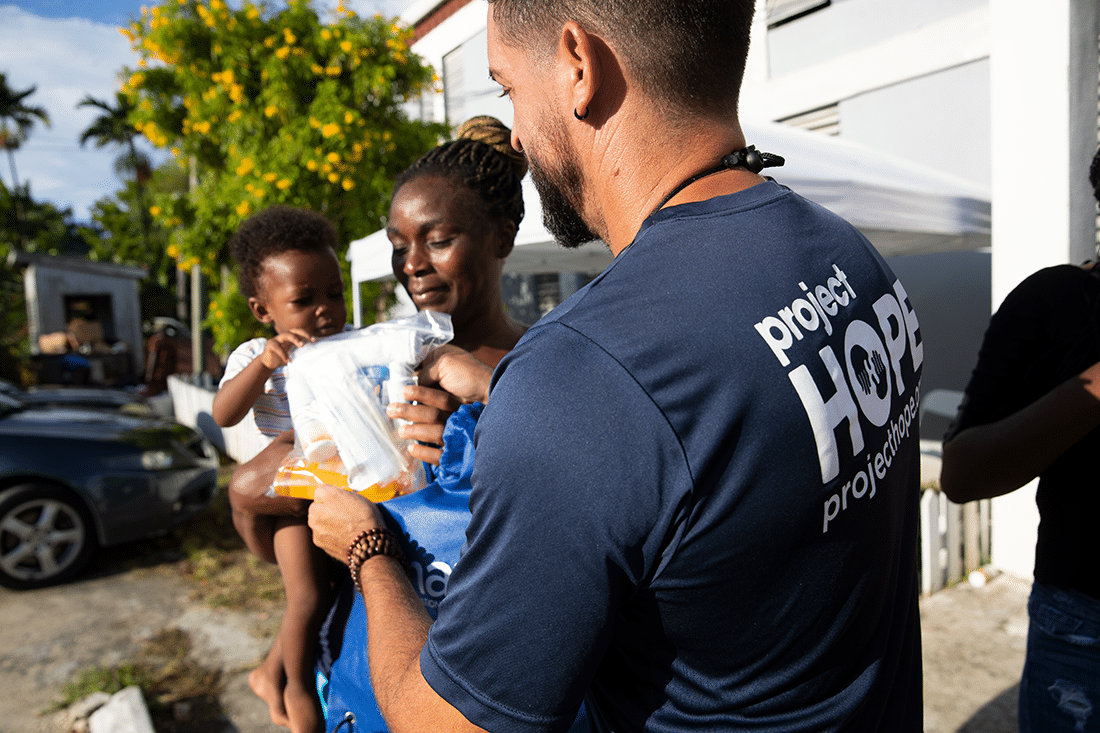
Gustavo Pagan, Project HOPE logistics officer, hands a hygiene kit to a family in the Bahamas in the wake of Hurricane Dorian. For many families on Abaco, Dorian took everything — including medicines, prescriptions and hygiene supplies. Since September, HOPE has distributed over 15,000 hygiene kits and $719,000 in medicines and supplies.
From photographer James Buck:
The devastation in the Bahamas after Hurricane Dorian was shocking even to seasoned emergency responders. The people we met in shelters had lost everything they’d ever owned and had swum for their lives through raging floodwaters with their children on their backs. It felt wonderful to see our responders giving out badly needed hygiene kits and people lining up to talk to us. I was fortunate to serve two deployments with Project HOPE’s amazing emergency response team in the Bahamas — the mix of incredible competence and compassion in total devastation was inspiring. We cried and hugged and served and supported and built and trained together from dawn to dusk.

Reaching cyclone survivors in Mozambique
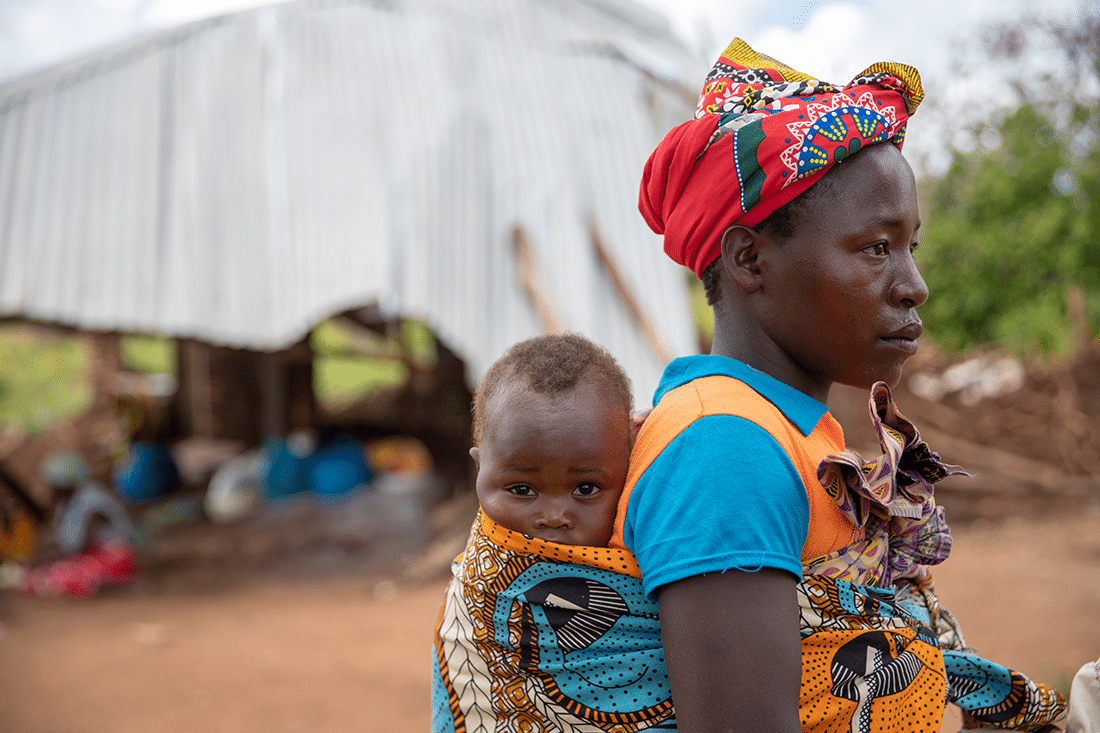
Tropical Cyclone Idai was one of the most devastating cyclones to ever hit Africa, with millions of people across Mozambique, Malawi and Zimbabwe affected by deadly flooding and winds. Project HOPE deployed to Mozambique quickly, reaching patients in hard-to-reach areas with urgent medicines and medical relief.
From photographer James Buck:
When we brought medical teams to rural Mozambique after the cyclone, entire villages turned out. Our providers worked at an incredible pace, determined to care for patients suffering from the elements after their homes were destroyed. Look at the background: people waited patiently for hours for medications in the incredible heat, and I was happy to see them go home with the treatments they needed — free of charge.

Deploying volunteers in the wake of disaster

Project HOPE volunteers Dr. Andre Gvozden and nurse Edison Rodrigues ride on a helicopter to reach the remote rural village of Macorococho in Mozambique. When they arrived, the whole village turned out to greet them and help carry medical supplies. Project HOPE set up a clinic in the village and treated about 70 patients in two hours.
From photographer James Buck:
There’s nothing like flying in an open-sided military helicopter to a remote location cut off from the world by flooding to bring medical care to isolated storm victims. When we landed, the whole village showed up to greet the team and unload supplies. The doctor treated patients under a tree because the entire clinic had been flooded and its medical equipment washed out onto the muddy ground, destroyed.
How you can help
Make a lifesaving gift to support our work now and for the future at projecthope.org/donate.
Are you a health-care or other professional who would like to learn more about volunteering abroad with Project HOPE? Learn more about our volunteer program and join our volunteer roster.
Stay up-to-date on this story and our lifesaving work around the world by following us on Facebook, Instagram, LinkedIn and Twitter, and help spread the word by sharing stories that move and inspire you.